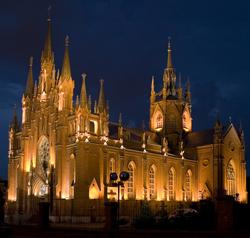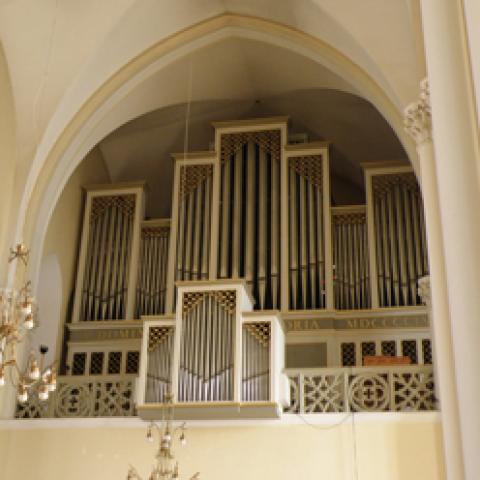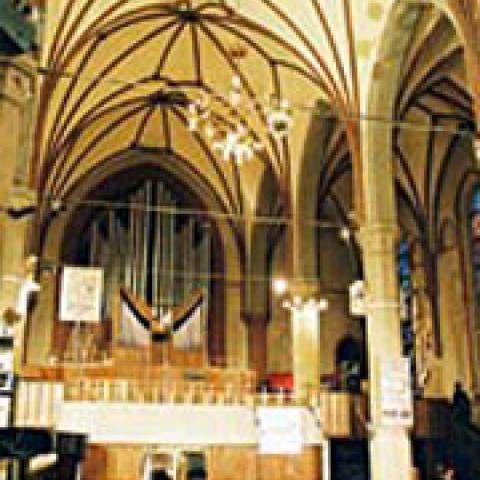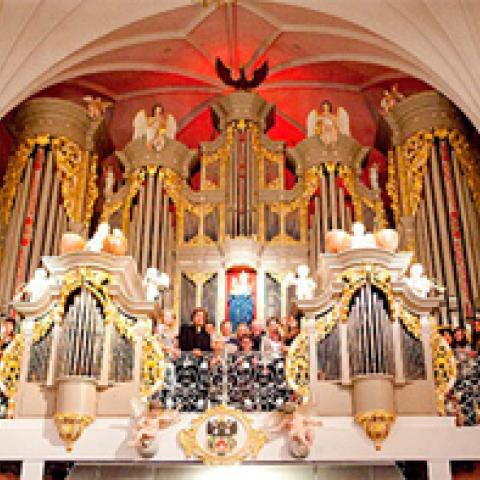
The First Odoyevsky International Organ Competition takes place November 22–29 in Moscow.
The contest consists of four rounds. Participants will perform their programs on instruments of different styles and periods, installed in five Moscow halls including the Organ Hall of Gnesins Russian Academy of Music with the historic Henry Jones organ (1871).
The competition program includes traditional organ repertoire (J.S. Bach, Franck, Mendelssohn-Bartholdy, Liszt, Brahms), 20th-century compositions, and works composed in Russia during different periods. Besides compulsory pieces, participants of the final round will have an opportunity to play a small concert program of their own design. The competition jury consists of international experts in the art of organ playing.
Participant ages-range: 17–33.
1st prize, €3,000; 2nd prize, €2,000; 3rd prize, €1,000.
The competition is named after V.F. Odoyevsky (1804–1869), a prominent Russian music critic, writer, philosopher and public figure, one of the founders of Russian musicology and lexicography, and the author of the first original Russian organ compositions; he contributed much to sharpen the interest of the Russian musical circles to organ and to J.S. Bach’s extraordinary personality.
Application deadline: September 20, 2015.
For information: http://gnesin-academy.ru/organ_competition







